Common Questions/Answers
Fluids and Hydration
What items should be counted in a fluid restriction?
All fluids consumed are counted in a fluid restriction in millileters (mL):
- 1 ounce = 2 Tablespoons = 30 mL
- 4 ounces = 1/2 cup = 120 mL
- 6 ounces = 3/4 cup = 180 mL
- 8 ounce = 1 cup = 240 mL
Other items that liquefy at room temperature also need to be included such as milkshakes, ice cream, sherbet, jello, fruit ice, and popsicles. Soups, stews, fruits and vegetables (or anything else that contains liquid) should be drained prior to being served.
How do I know if an older person is drinking enough fluids?
Individuals can be at risk for dehydration for several reasons, including dementia, dysphagia, uncontrolled diabetes, medication, and/or refusal to drink fluids. Look for signs of dehydration: cracked lips, dry tongue, poor skin turgor, concentrated urine, dry skin, dry mouth, elevated heart rate and/or body temperature, unplanned weight loss, and/or abnormal labs. In a long term care (LTC) facility, the dietitian will assess the individual’s fluid needs and then work with the dietary manager and nursing staff to provide adequate fluids. Caregivers should encourage individuals to drink the fluids provided. If you suspect an individual is not meeting their fluid needs, consider completing a 1-3 day fluid intake and output (I&O) study. Based on study results, make recommendations for appropriate interventions.
What is the best way to start implementing dehydration prevention measures for older adults?
Many older adults are unable to realize that they are thirsty, so it is essential to offer liquids throughout the day. Each individual is unique, so it isn’t easy to give on-size-fits-all recommendations. However, below is a way to ensure that the process is individualized.
Process for ensuring adequate fluid intake in a health care facility:
- Complete an I&O study or estimate the total number of mLs the individual receives at each meal and medication pass.
- Compare this to the dietitian’s calculated fluid needs for this person.
- Assess the discrepancy.
- Discuss ways to increase fluid with the individual, caregivers, and family.
- Recommend an individualized plan to increase fluids.
Options to increase fluid:
- Discuss beverage preferences with the individual, caregivers, and family.
- Add additional fluids such as soup, sherbet, and ice cream at meals or as a snack.
- Keep beverages within reach and assist with drinking as needed.
- Encourage small sips of fluid throughout the day.
- Offer to fill the water pitcher, if empty, during a routine visit.
- Work with the activity staff to encourage fluids at programs.
- Collaborate with the therapy department to offer fluids before, during, and after treatment.
- Recommend an “extra” 120 mL or 240 mL at medication pass, if needed.
- Train the individual, caregivers, and family on the importance of hydration and dehydration signs and symptoms.
Heights and Weights
Do you have any strategies for motivating staff in the LTC setting to do monthly weights and re-weights in a timely and accurate manner?
Training, education, positive relationships, and communication are the best ways to motivate staff. Our Policy & Procedure Manual offers many excellent suggestions on getting accurate and timely weights. Having the support of the Director of Nursing and the Medical Director helps when implementing and maintaining systems.
One of the most important things you can do is put systems in place to ensure that people have the information and tools they need to do the job properly. Then hold people accountable for doing the job correctly. Have you explained why timely and accurate weights are so important? Does staff have the forms and tools they need to get the weights?
Consider holding a “Weight Team” meeting every week. Provide inservices with fun prizes, and contests between units with prizes for the fewest reweighs and least weight lost to keep staff motivated. Having one person in charge of monthly and weekly weights can help make the process consistent and increase accountability.
Should we focus more on usual body weight (UBW) than desirable body weight (DBW) when there is a weight loss? How do you base your UBW time frame?
If you work with older adults in long-term care, it is better for most residents to focus on UBW than DBW. The time frame for UBW is to compare the current weight to UBW, and also compare the current weight to weights 6 months ago, 3 months ago, and 1 month ago. Use the Centers for Medicare & Medicaid Services (CMS) criteria for significant weight change of 5% in 30 Days, 10% in 180 days, and 7.5 % in 90 days. For more information check out our Policy & Procedure Manual and Diet and Nutrition Care Manuals.
Nutrient Needs Calculations/Body Weight
When a resident who is on enteral nutrition goes to the hospital and returns to the nursing home weight loss, which weight do you use to calculate calories needed from enteral nutrition?
Best practice would be to use the facility’s readmission weight to calculate nutritional needs for enteral feeding. Do not use the hospital weight as their scales may be different. Document any significant weight change as well as interventions to ensure that the resident meets their nutrition goals. If the person is underweight and has lost weight, adequate calories must be provided via enteral feeding.
Pressure Ulcers/Injuries
What are the basic guidelines for nutrition intervention for pressure ulcers/injuries?
First, ensure that the patient receives adequate calories, protein, and fluid per day based on the dietitian assessment. The standard is:
- 30-35 cals/kg body weight/day
- 1.25-1.5 gms/kg body weight/day
- 30 mLs fluid/kg body weight/day or 1 mL per calorie consumed, plus additional fluids for incidental losses such as diarrhea, vomiting, draining wounds, heated air fluidized bed, fever, etc.
- A daily multivitamin/mineral supplement if a deficiency is confirmed or suspected.
Reassess weekly, biweekly, or monthly to ensure that the individual is actually consuming the calories, protein, and fluids needed. If not, consider additional interventions to ensure that nutrition and fluids goals are met. Some individuals may need more specialized nutrition interventions.
See our Diet and Nutrition Care Manual for additional information on the international nutrition guidelines for preventing and/or treating pressure injuries.
Obesity/Weight Gain
How is obesity in older adults handled in long term care (LTC) settings?
Frail older adults in LTC settings are susceptible to malnutrition, weight loss, and dehydration due to multiple disease states, medications, and treatments. LTC professionals are very prudent when addressing older adults with obesity. In a frail older adult, generally weight loss is not encouraged, but rather weight maintenance. Unless there is a reason to encourage an older person in LTC to lose weight, we do our best to avoid it. If there is a well-justified reason for the person to lose weight, the dietitian would need to plan a careful weight loss program with a healthy diet and gradual loss of no more than 1-2 pounds per week. This would need to be care planned, and the resident would need to be monitored closely so that the interventions could be adjusted as necessary to promote healthy weight loss. There are no actual regulations related to obesity in LTC, but the regulations under “Nutrition” address unintentional weight loss. For more detailed information on obesity, refer to our Diet and Nutrition Care Manual or take our CMS State Operations Manual continuing professional education program.
Unintentional Weight Loss/Significant Weight Changes
How is significant weight loss determined in LTC settings?
Under “F692” in the CMS State Operations Manual – Appendix PP for Nursing Homes, the suggested parameters for evaluating significance of unplanned and undesired weight loss are:
Interval Significant Loss Severe Loss
1 month 5% Greater than 5%
3 months 7.5% Greater than 7.5%
6 months 10% Greater than 10%
The following formula determines percentage of weight loss:
% of body weight loss = (usual weight – actual weight) / (usual weight) x 100
Based on analysis of relevant information, the facility identifies a clinical reason why a resident could not attain or maintain acceptable parameters of nutritional status.
As a dietitian, at what point do you recommend the use of oral nutritional supplements?
The first step is to assess the individual and get their input on their current status and needs. For example, do they have a reduced appetite due to an illness or recent surgery? Have they recently lost weight unintentionally? Do they like the food that is being served? Are they having any difficulty chewing or swallowing? Can they eat and drink independently or do they need assistance? After completing an interview and a comprehensive nutrition assessment, you can start to plan interventions.
We always recommend starting with food first. However, if traditional approaches such as interdisciplinary team review, dining, assistance, favorite foods, fortified foods, socialization, etc. have been tried and failed, then it may be time to try oral nutritional supplements. Supplementation can take many forms, from milkshakes or puddings to 1.0 to 2.0 calorie per mL med-pass programs, and so on. Be sure the product chosen is one that the individual will accept. Vary flavors and types of supplements to avoid flavor fatigue. Timing is essential. Studies show that supplements given 60 minutes prior to the meal have a positive effect on appetite. Some residents do better with smaller volumes given more frequently. A med pass program using a 2.0 Calorie/mL product may work best. Interventions can vary for each person; the goal is to individualize the plan of care to meet the person’s unique nutritional needs.
In long term care settings, how can nursing and food and nutrition services effectively work together to prevent weight loss, and to implement interventions when weight loss does occur?
Preventing and treating weight loss has to be a team effort. We recommend a multifaceted approach:
Education: Understand the federal regulations, interpretive guidelines, and survey protocols and share pertinent information with nursing and food and nutrition services staff. Conduct frequent inservice training with both departments. Stress the importance of working as a team for the residents’ benefit.
Systems: Use the systems you already have in place. The MDS Roster Matrix can help you identify at-risk residents (those who have already lost weight, those who are not eating well, those who have difficulty feeding themselves, etc.). Ensure you have a sound weight tracking system and that weights are accurate and timely. Be sure there is an adequate food intake monitoring system in place. Managers should “manage by walking around” at meal time. In other words, conduct meal rounds in the dining rooms and on the wings so they can supervise, intervene, and retrain staff as needed.
Communication: Have weekly meetings to discuss residents who may be at nutrition risk. Initiate a “Nutrition at Risk Committee” or “Weight Committee” that includes all pertinent team members. Ensure that everyone on the team gets a copy of the weekly weight reports, the roster matrix, and/or other necessary information. Use good communication tools, preferably in writing, rather than just verbal messages. Use a communication book or other tools to ensure everyone can access vital information regarding high-risk residents.
Dining and Food: Maximize the dining experience by ensuring residents receive food they like at the proper consistency and food that is promptly served at the appropriate temperature—train staff on hospitality service and customer service. Focus on making meal time positive, offering residents as many choices as possible (where to eat, who to eat with, what to eat). Ensure residents receive the assistance they need to eat the meal. Use an “all hands on deck” approach at mealtime, meaning all staff pass trays, open packages, cut foods, pour liquids, and provide verbal cueing as needed. This allows the certified nursing aides (CNAs) time to feed residents who need help.
Focus on providing food first. Make the most of the food served by enhancing the resident’s favorite foods. Add additional calories and protein to food served (create a super cereal, super soup, or power potatoes by adding margarine, whole milk, and other high calorie/high protein ingredients). For more information check out our Policy & Procedure Manual and Diet and Nutrition Care Manuals.
Originally published February 16,2018. Revised November 22, 2024.


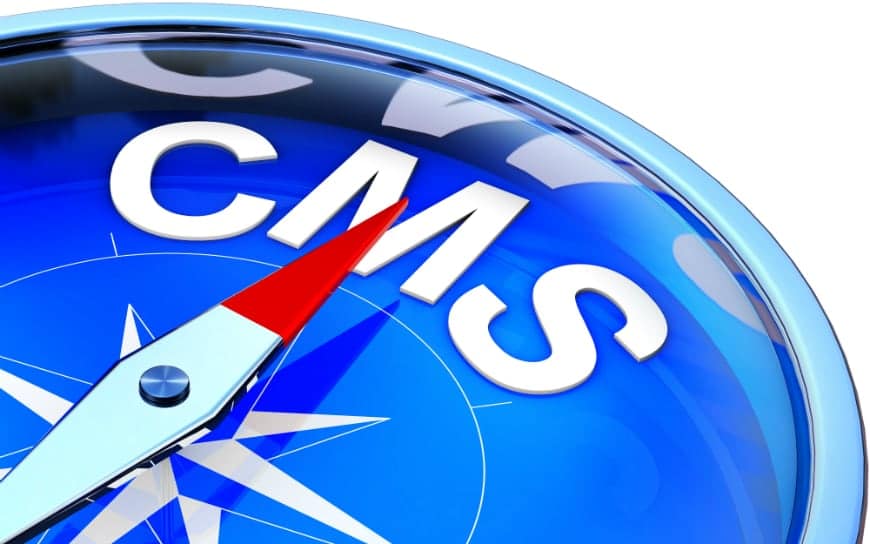


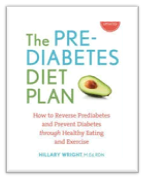
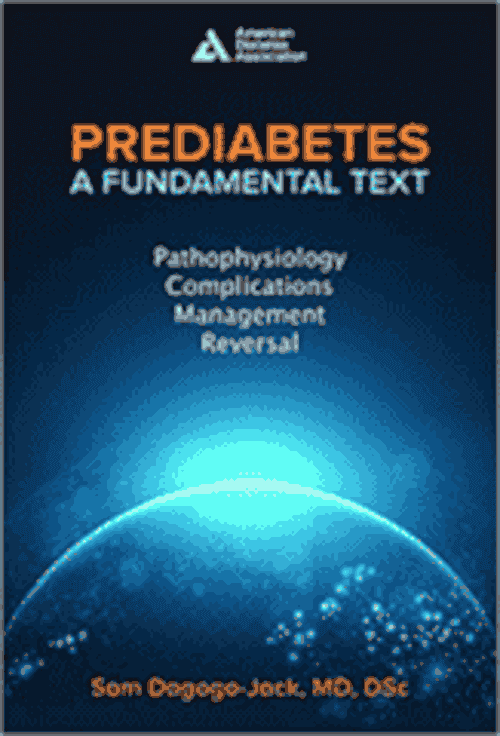




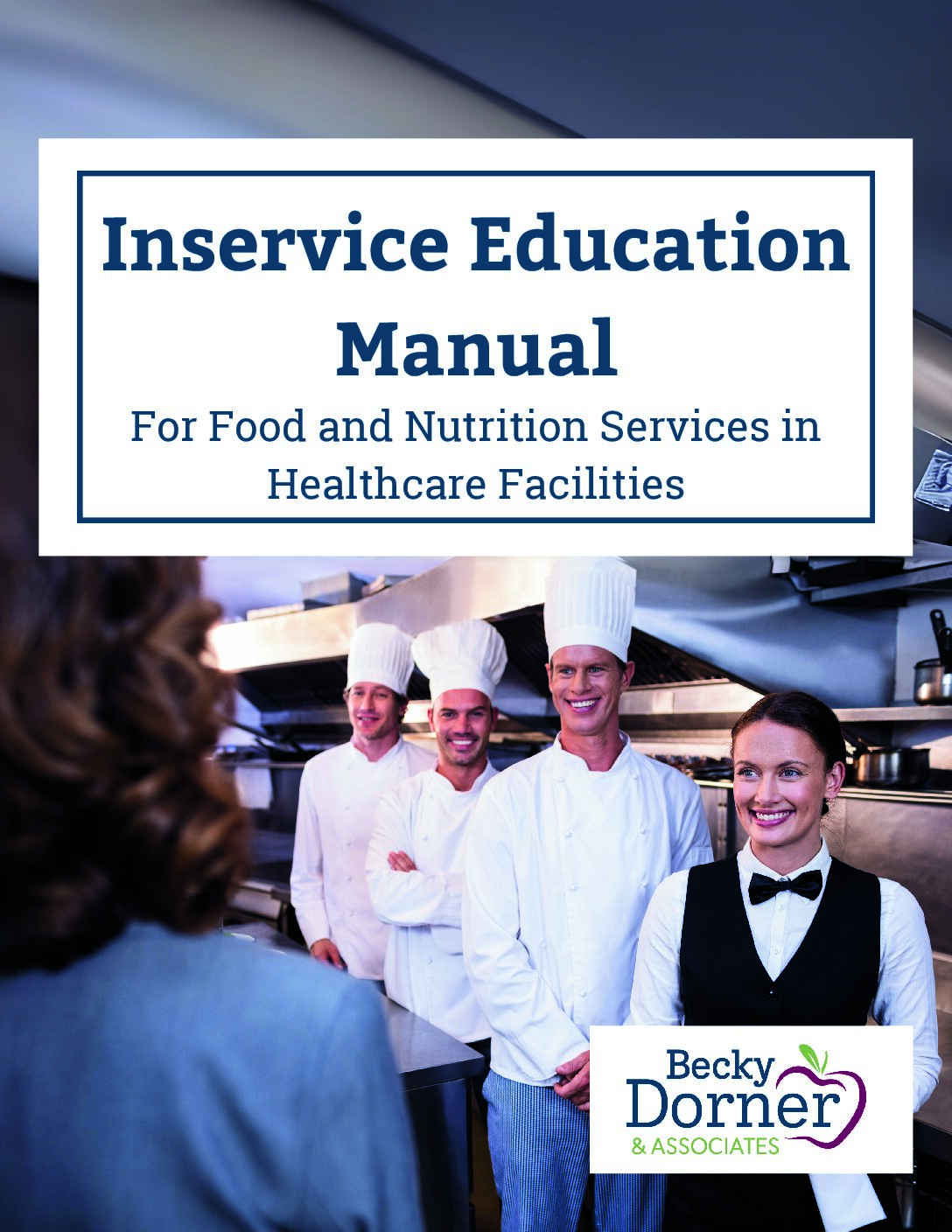
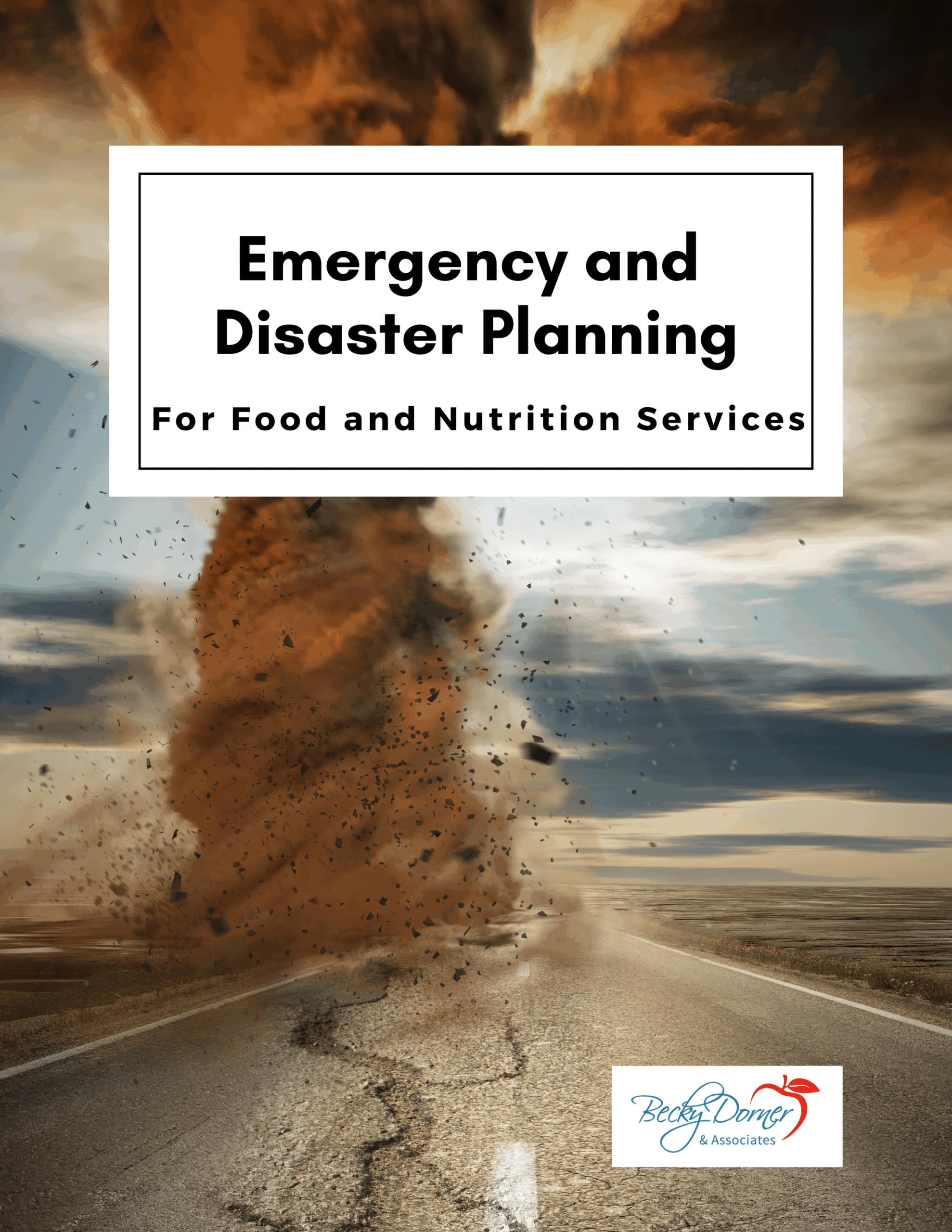
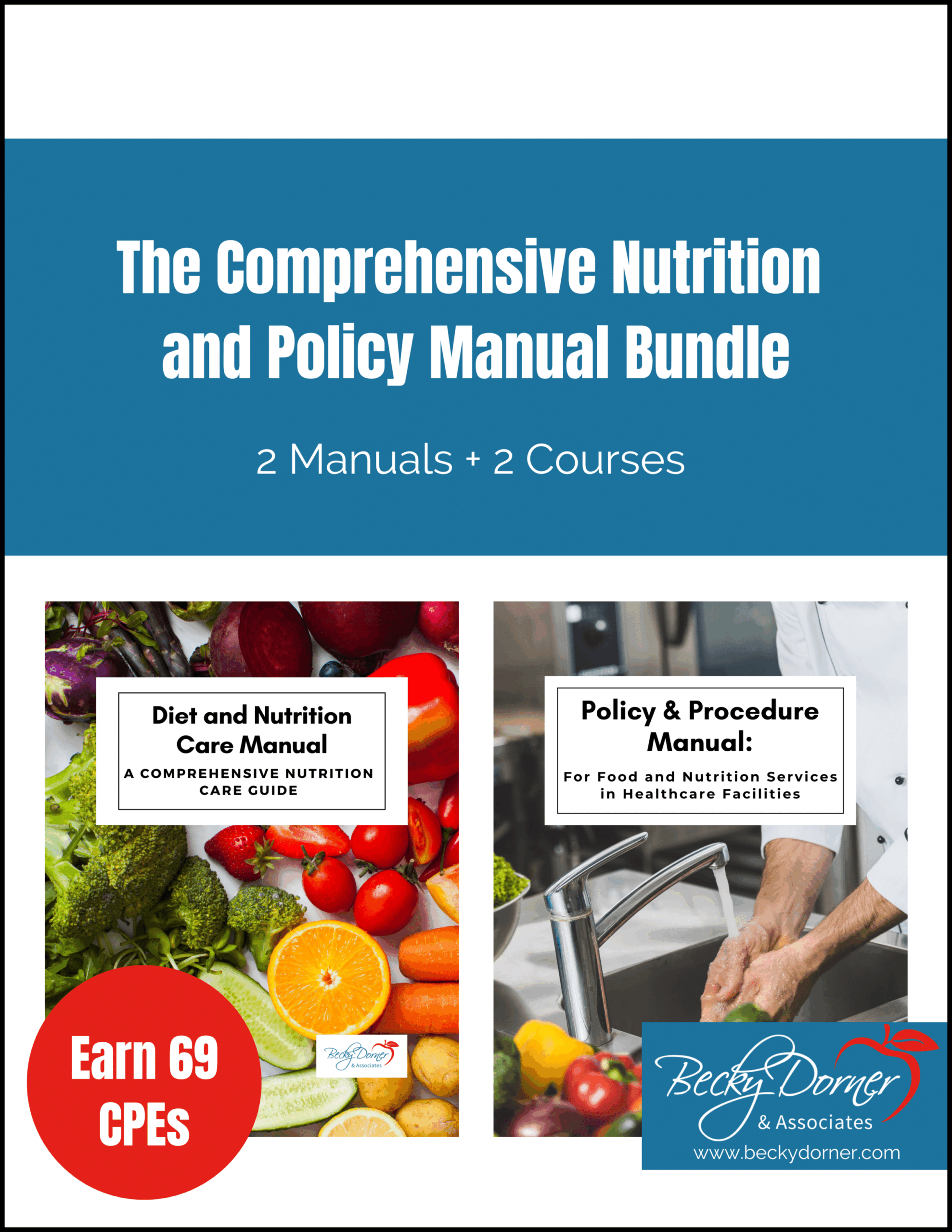
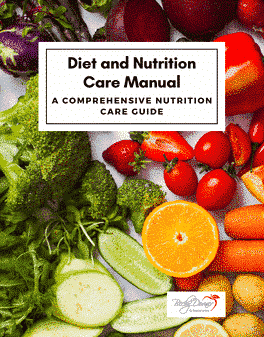
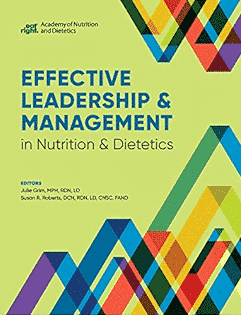


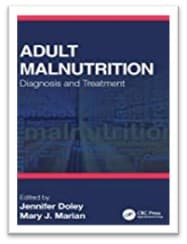

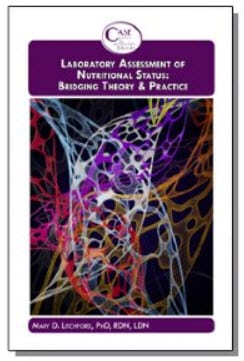
Hi! Thank you so much for sharing all of this awesome info.
I’m a new RD to LTC and we just switched from weighing all residents on a weekly basis to weighing most on a monthly basis. Previously we were using changes of +/-3# to trigger reweighs when we were doing weekly, but I was wondering if new of any resources that backed-up a weight change to trigger reweighs in monthly weights. I appreciate any leads you may have!
I have a question, what are the guidelines for a hospice patient and weight loss? Currently where I work at a long term facility we do weekly weights on residents and the management is having staff weigh hospice residents weekly also. One of my residents was 190# February 11 and now weighs 153#. The supervisor wanted us to reweigh the resident. It took two of us to stand her on the scale and then she became nauseous and had an emissions and stated she didn’t wanted to be weighed again. Do you think this is invasive? It doesn’t say in the work policy about weighing hospice patients weekly or does it say what to do if it is decreased. Also should the patient and family be aware of the facility weighing them weekly?
I am new to LTC environment. How do I define unintentional, unavoidable vs avoidable wt loss etc.? The terminology is mind boggling to me. Many residents are on diuretics, wt. fluctuate over time etc.
On the MDS, would you code sig weight change for >10% change between the 30-180day (like at the 3-4 month mark)? Or stick to what triggers near the 180d mark??
What are the recommendations when a facility consistently fails to get heights/weights in time per CMS regulations? The administrator and DON are aware of this systemic problem related to “staffing shortages” or residents with “contact-precaution” (scabies/MRSA). The facility has weight policy they don’t follow it despite having multiple meetings on the importance of it. If the facility fails to get height/weights in time, I dash these out in MDS, which isn’t optimal for the facility because they lose out reimbursement from Medicare/Medicaid. As a result, I’m being asked to pull heights/weights from hospital records or the latest height/weight they have on their record even if it is years ago from their current admission. Thank you!
So I have had this question asked multiple times but I want to see what your answer would be. Lets say CBW is 110# 3/24/21 and the last wt is 102# 3/5/21 triggering a sig wt loss of 7.2% which is in less than 30 days would you trigger this on the MDS?
I would like to know if you have or can help me find evidence based reasons / formulas for adding Na to a tube feed
I am in a new facility and there are quite a few clients on this type on diet. I am aware of how to calculate for calories/ fluids and the different types of enteral formulas but have not seen this. Thank you
How do I interpret a 3 day calorie count in long-term care?
1) If a resident refuses weight to be obtained despite multiple attempts do we have to offer arm circumference measurement as a second method? DON is indicating its regulation..
2) if a resident goes out 3 days and is readmitted doe we have to take weight on return and monitor weight another 4 weeks?
Hi,
I would like to know what is the recommended protein for adults? Would you recommend 0.8g-1.0g/kg BW for healthy adults or would you recommend 1-1.2g/kg BW?
Additionally what is the calorie, protein & fluid range that you would recommend for overweight, obese and morbid obese adults?
Thanks!
In long term care, how do you approach estimating nutritional needs in an assessment for someone who has not been weighed in weeks/months/years (whether they are on CC, hospice or just don’t want to be weighed). Are we required to estimate nutrition needs or do you leave it blank?
Hi,
If a resident has a statistically significant weight loss d/t an amputation, how is this coded in Sec K? Do we code as stat sig weight loss that is physician prescribed or unprescribed weight loss?
Another question, my understanding was that we code for statistically significant weight change x 30 days x 180 days but we do not code for statistically significant change if not within the range of 30/180 days For example, we would not code for statistically significant change if it was 24 days ago or 171 days ago?
thanks in advance
I recently started at a new LTC facility, once a resident admits to hospice they stop all weights (monthly/weekly/reweights/etc.). If a resident admits to our facility on hospice, they obtain an initial weight and that is it. They stated that they would not consider even doing monthly weights which is our facility standard for all residents.
Is this allowed? Do hospice residents need more weights other than the last weight they receive until admitting to hospice?